
【北海道時間.jp】第11回:歴史の風を感じて:渡邉熊四郎が築いた金森倉庫の軌跡
函館の歴史を彩る金森赤レンガ倉庫へ
函館の西部地区を歩くと、古びたレンガの壁が海風にしっとりと馴染むように佇む金森赤レンガ倉庫の姿が目に入ります。歴史ある赤レンガの建物が並ぶこの場所は、今や観光地として名高いですが、その起源を辿れば、激動の明治時代を生き抜いた一人の商人の物語に行き着きます。その名は初代渡邉熊四郎。函館の地に根を張り、多角的な事業展開を行いながら、町の発展に尽力した彼の歩みを追いながら、この倉庫群の魅力に迫ってみたいと思います。
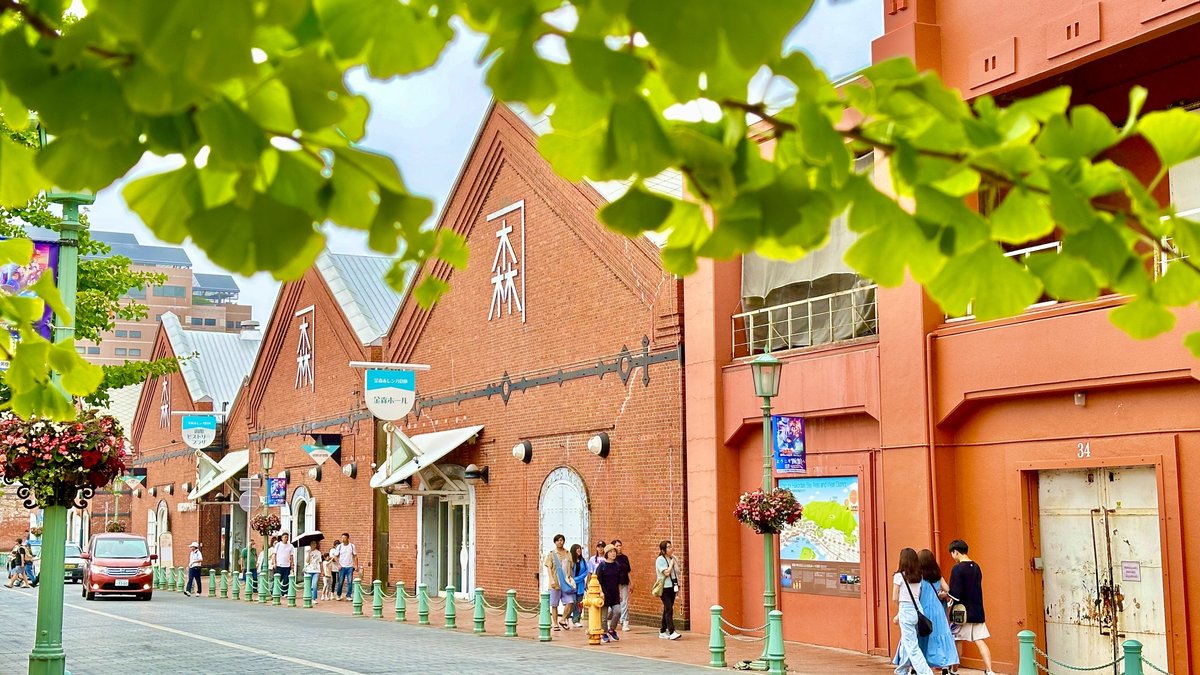
長崎から函館へ――渡邉熊四郎の軌跡
熊四郎の物語は、1839年、豊後国竹田(現在の大分県竹田市)で始まります。幼少期は「熊蔵」と呼ばれ、薬種や葉煙草を扱う家庭で育った彼は、若くして商才を発揮しました。16歳で薬種の仲買に携わり、長崎と往復して外国貿易に従事する中で、当時の西洋文化や商習慣に触れていきます。その後、長崎の薬種商・渡邉家の養子となり、名前を熊四郎と改めました。この頃から彼の人生は、大きく動き始めたのです。
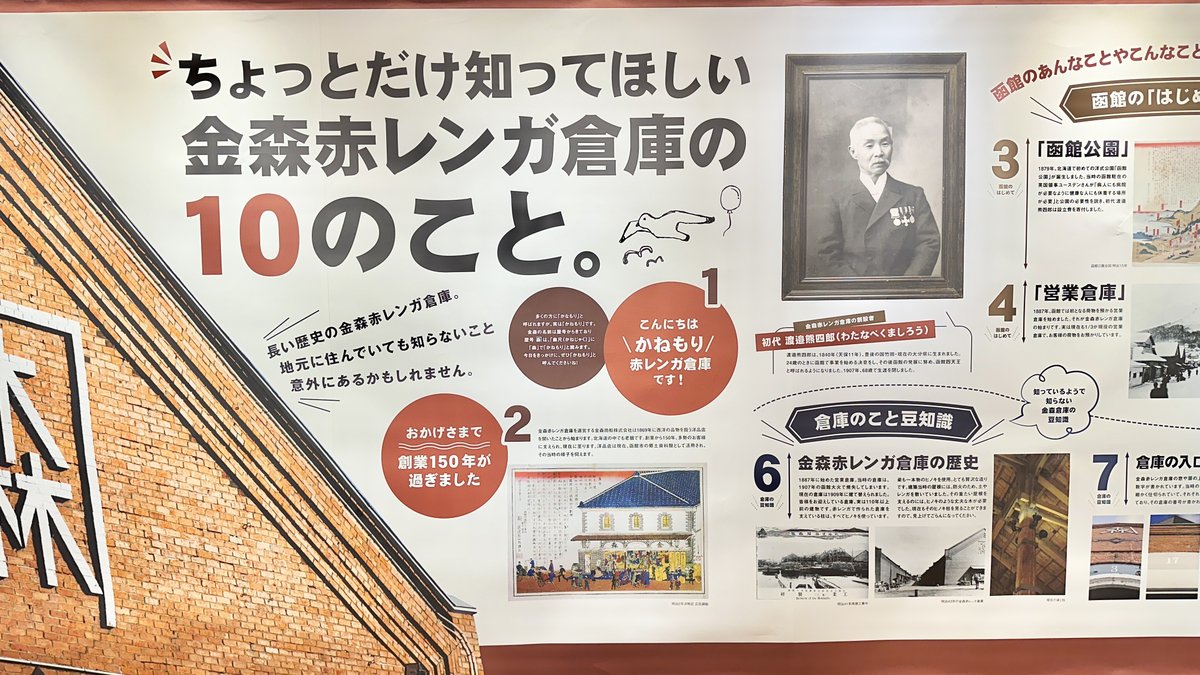
文久3年(1863年)、熊四郎は函館の地を初めて訪れます。幕末の激動期、開港したばかりの函館は新たな商機の宝庫でした。熊四郎は洋物の流行を敏感に察知し、商機を活かして海産物の取り扱いを開始。その事業は順調に拡大し、明治2年(1869年)には大町に洋物店「森屋」を開業しました。この店こそが、現在の金森赤レンガ倉庫の原点となります。
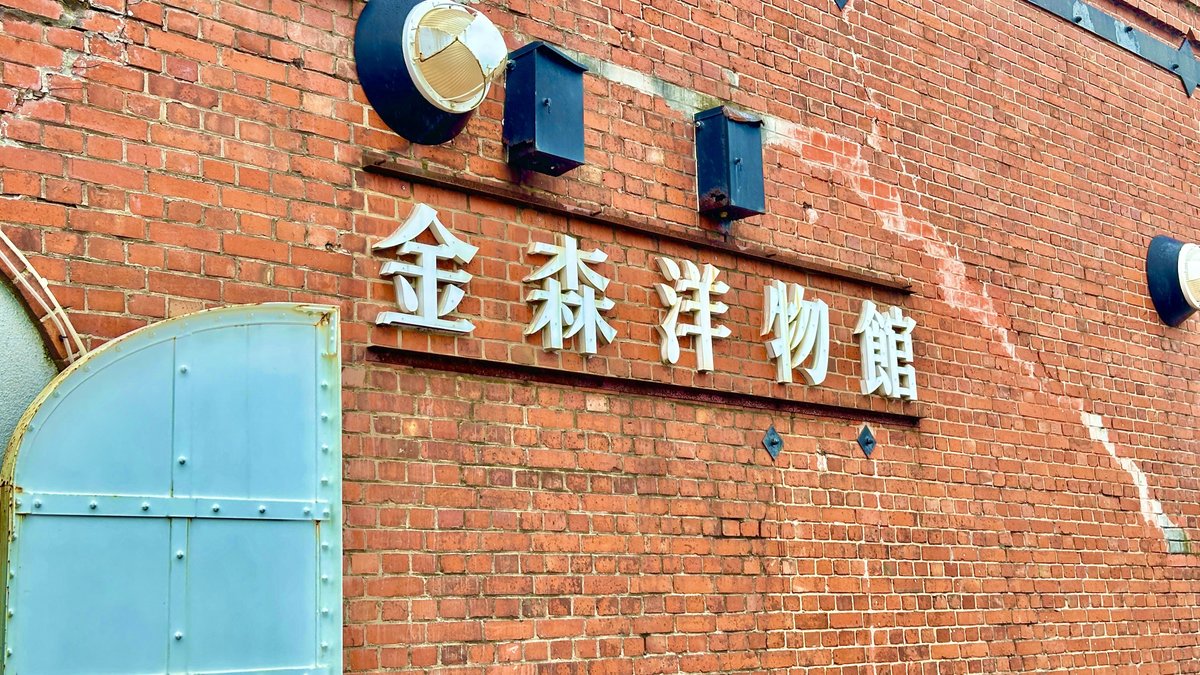
商機を掴む目と多角経営の才
熊四郎の事業展開は、単なる商売人の枠を超えたものでした。彼は洋物店の運営にとどまらず、靴職人を東京から招いて店舗を構えるなど、西洋の文化や技術を積極的に取り入れました。また、時計や気象器具、砂糖の販売、船具や倉庫業など、多岐にわたる分野で事業を展開しました。特に砂糖の販売では、外国商人を圧倒し、函館の市場を掌握するほどの影響力を持つに至りました。
明治11年(1878年)には北海道開拓使長官・黒田清隆らとともにロシアを視察するなど、熊四郎は国際的な視点を持ちながら事業を展開していきます。彼の多角経営の成功は、函館の経済を活性化させる原動力となりました。
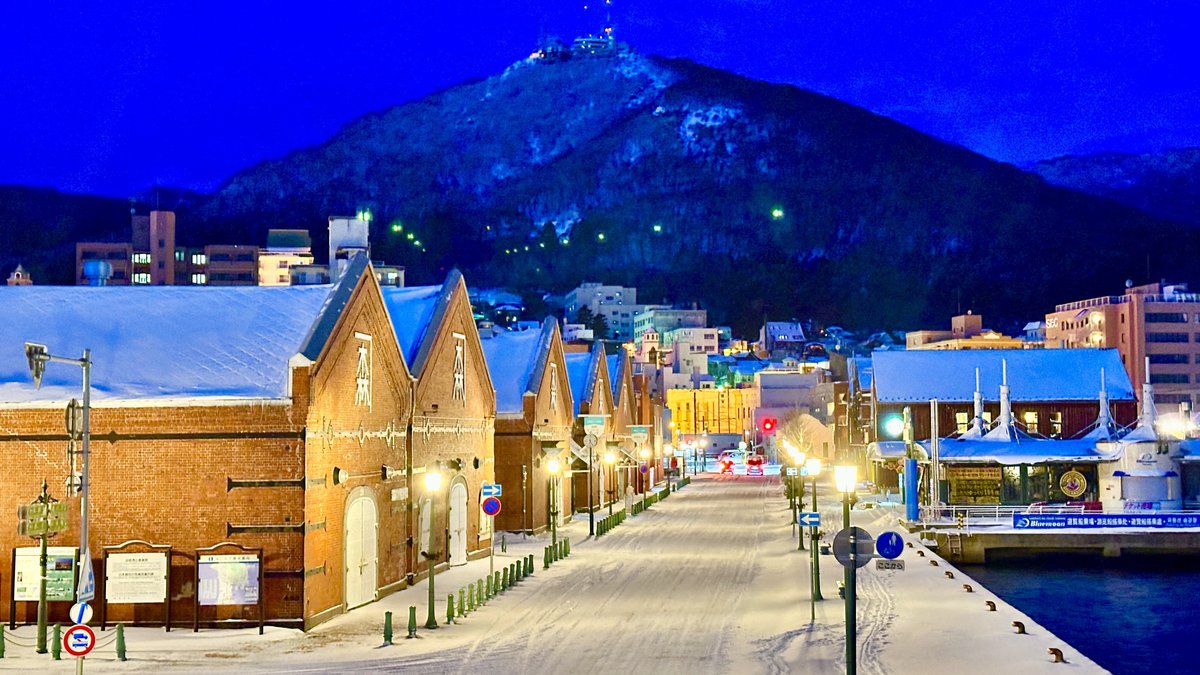
金森赤レンガ倉庫の誕生と発展
1887年(明治20年)、熊四郎は函館市内で最初の営業倉庫業を開始しました。当時、海運業が盛況を迎えていた函館では、貨物の取扱量が年々増加していました。熊四郎はこの流れをいち早く捉え、煉瓦や瓦を用いた堅牢な倉庫を建設。さらに、彼の商標である「曲尺(かねじゃく)」と「森」の文字を組み合わせたシンボルを掲げ、商売の誠実さを象徴しました。
しかし1907年(明治40年)、函館を襲った大火により、金森倉庫は6棟が焼失します。この大火は函館市の3分の1を焼き尽くす大災害でした。しかし熊四郎の遺志を受け継ぐ人々は、すぐに再建に着手します。不燃質の煉瓦を用いた新しい倉庫が1909年に完成。これが現在の金森赤レンガ倉庫です。
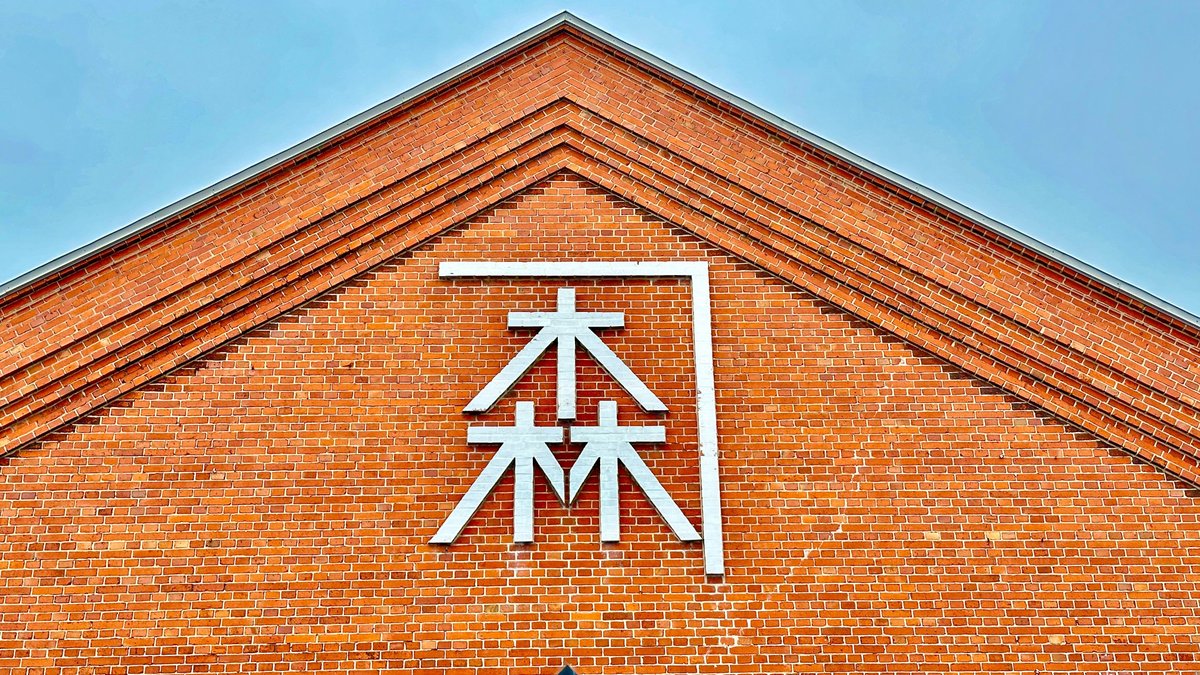
社会貢献と熊四郎の精神
熊四郎は商業だけでなく、社会貢献にも積極的に取り組みました。新聞の縦覧所を併設した書店「魁文舎」の開設、小学校や病院の設立、さらには函館公園の造成への寄付など、その功績は多岐にわたります。彼の寄付や事業によって恩恵を受けた函館市民は数え切れません。
また、慈善事業にも力を注ぎ、生前最後の大事業として函館病院の建設費用を全額寄付しました。その金額は当時の10万円という巨額で、彼の篤志を象徴する出来事として語り継がれています。
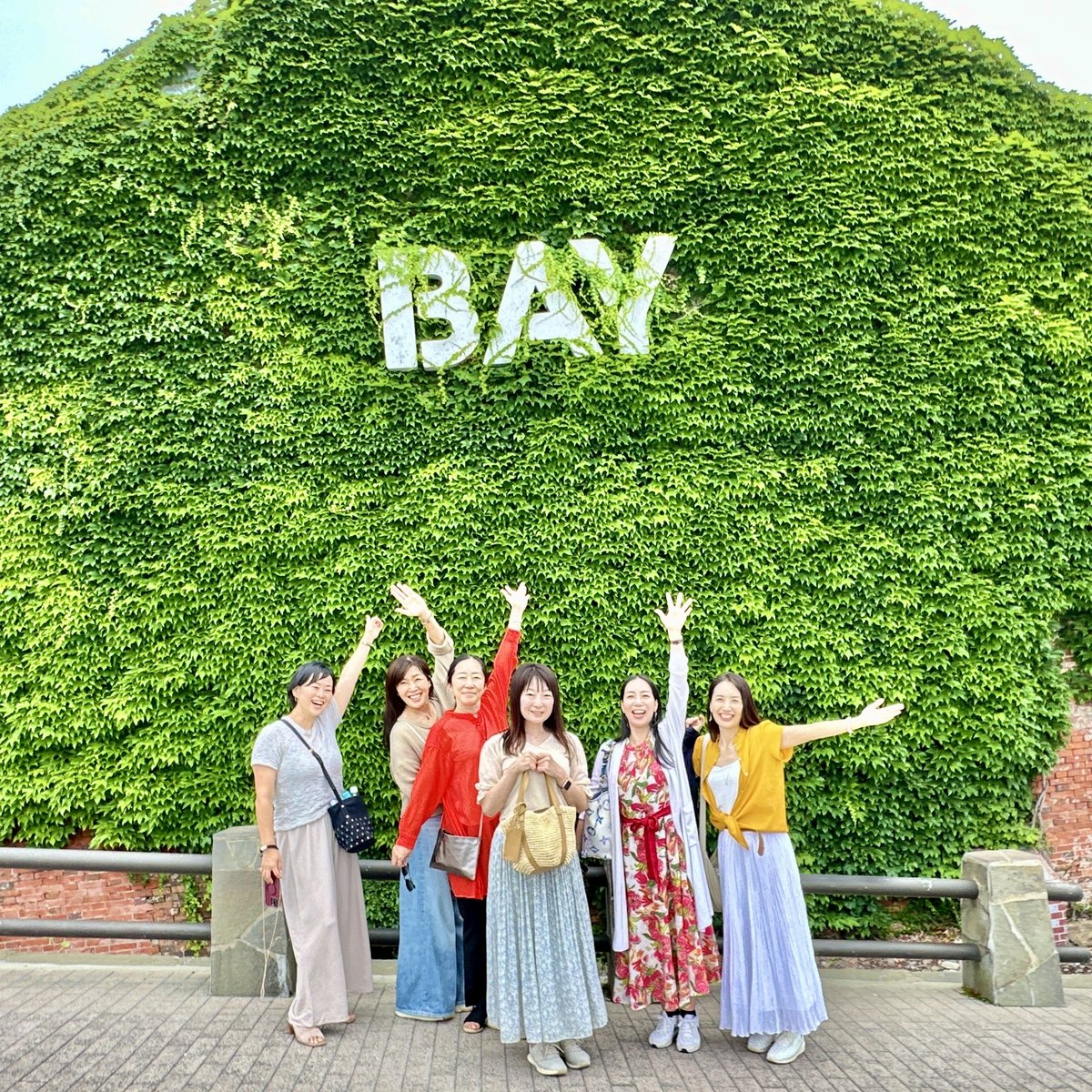
時代を超えて息づく赤レンガ
現代の金森赤レンガ倉庫は、観光名所として生まれ変わり、ショッピングモールやレストラン、イベントスペースが立ち並びます。冬には「はこだてクリスマスファンタジー」が開催され、海上に浮かぶ巨大なクリスマスツリーが多くの人々を魅了します。観光客に賑わうこの場所は、熊四郎が築いた倉庫が町のシンボルとして息づいている証といえるでしょう。
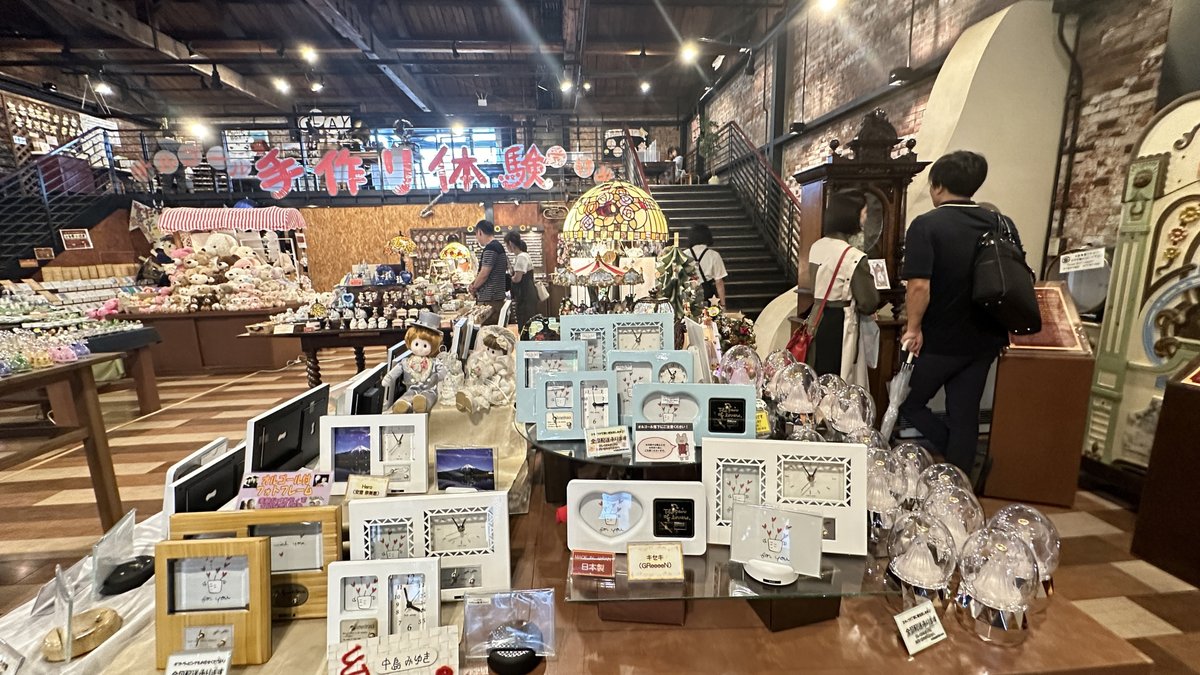
熊四郎に思いを馳せて
レンガの壁に触れると、熊四郎が築いた函館の歴史の一端に触れているような気がします。彼の商才、先見性、そして町への深い愛情が、赤レンガに刻み込まれているのです。もし熊四郎が今の函館を目にしたなら、どのような感想を抱くのでしょうか。きっと「よくやった」と、町の繁栄に目を細めるに違いありません。
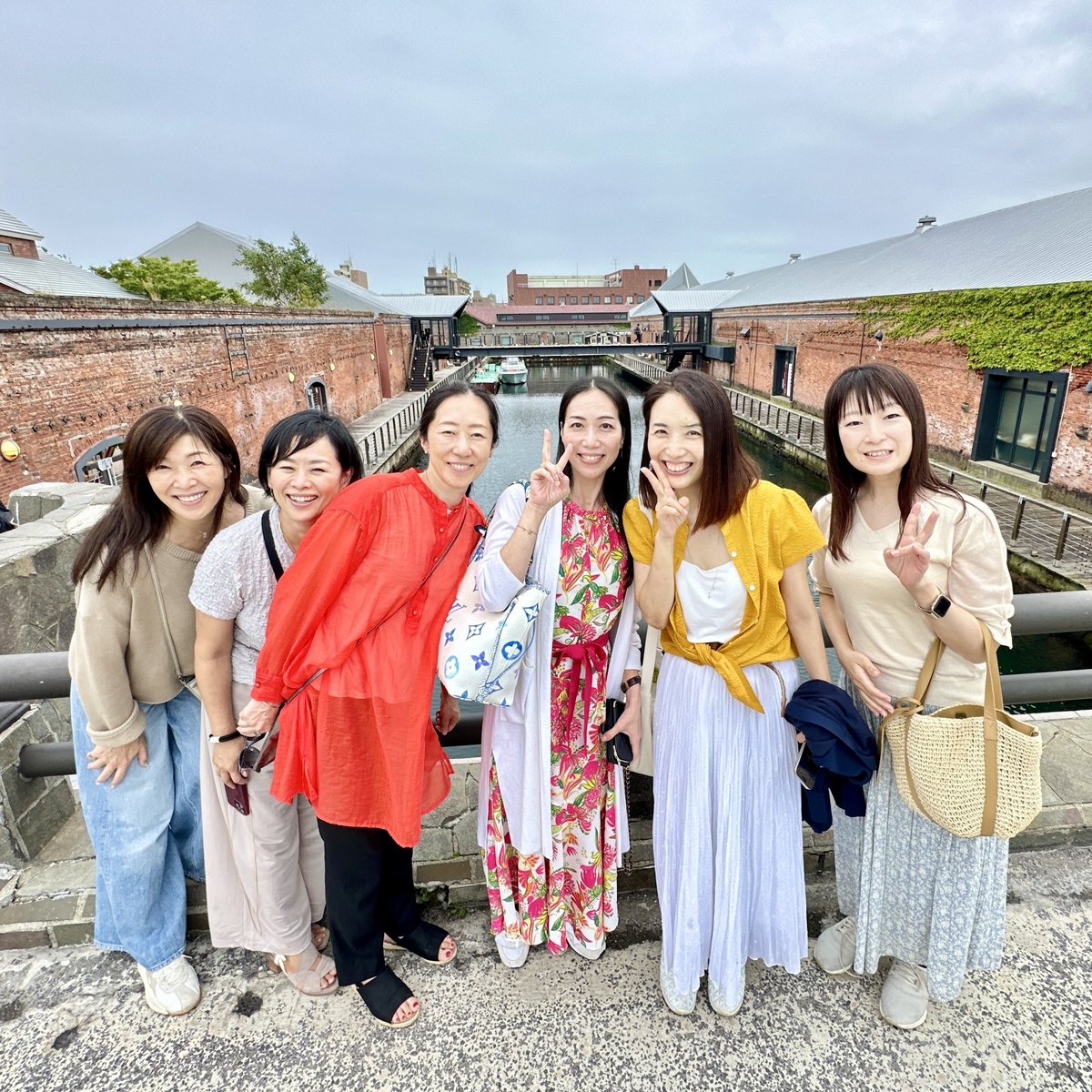
函館の風がそっと吹き抜ける中、私はもう一度熊四郎の人生に思いを馳せます。彼の築いた遺産は、函館の景色に、そして人々の心に、これからも長く息づき続けるでしょう。
To the Kanemori Red Brick Warehouses, a Symbol of Hakodate’s History
As you stroll through the western district of Hakodate, the sight of the Kanemori Red Brick Warehouses comes into view, their aged brick walls blending seamlessly with the sea breeze. These historic red brick buildings are now a renowned tourist destination, but tracing their origins reveals the story of a merchant who lived through the tumultuous Meiji era. His name was Kumashiro Watanabe, the first of his lineage. Rooted in Hakodate, he diversified his business endeavors and contributed significantly to the town's development. Let us delve into his journey to uncover the charm of these iconic warehouses.
From Nagasaki to Hakodate: The Journey of Kumashiro Watanabe
Kumashiro's story began in 1839 in Takeda, Bungo Province (present-day Taketa City, Oita Prefecture). Known as "Kumazo" in his youth, he grew up in a family dealing in medicinal ingredients and tobacco leaves, showing business acumen from a young age. At 16, he began trading medicinal goods, traveling back and forth to Nagasaki, where he engaged in foreign trade and encountered Western culture and business practices. Later, he was adopted into the Watanabe family, a family of drug merchants in Nagasaki, and took the name Kumashiro. This marked a turning point in his life.
In 1863, Kumashiro first visited Hakodate. Amidst the turbulence of the late Edo period, Hakodate, newly opened as a port, offered a wealth of business opportunities. Sensing the burgeoning trend for Western goods, Kumashiro began trading in marine products. His business flourished, and in 1869, he opened the Western goods store “Moriya” in Omachi. This store was the origin of what we now know as the Kanemori Red Brick Warehouses.
Keen Business Sense and Diversified Management
Kumashiro’s business ventures went beyond mere trading. He not only ran the Western goods store but also embraced Western culture and technology by bringing shoemakers from Tokyo to establish a shop. Furthermore, he expanded into various fields, including watches, meteorological instruments, sugar, ship supplies, and warehousing. His success in the sugar trade was so significant that he outperformed foreign merchants and dominated Hakodate's market. In 1878, he even accompanied Kiyotaka Kuroda, the director of the Hokkaido Development Commission, on a visit to Russia, showcasing his global perspective. His diversified business success became a driving force in revitalizing Hakodate’s economy.
The Birth and Development of the Kanemori Red Brick Warehouses
In 1887, Kumashiro started the first commercial warehouse business in Hakodate. During this period, the booming shipping industry in Hakodate saw a yearly increase in cargo volume. Sensing this trend early, Kumashiro constructed sturdy warehouses using bricks and tiles. He also created a symbol combining his trademark “square ruler” (Kanemori) and the character for "forest" (Mori), representing the integrity of his business. However, in 1907, a massive fire devastated Hakodate, destroying six of the Kanemori warehouses. This disaster consumed a third of the city. Undeterred, those who inherited Kumashiro’s legacy quickly began reconstruction. By 1909, new fire-resistant brick warehouses were completed, becoming the Kanemori Red Brick Warehouses we see today.
Social Contributions and Kumashiro’s Spirit
Kumashiro was not only a successful merchant but also a dedicated philanthropist. His achievements included opening the bookstore “Kaibunsha,” which housed a public reading room for newspapers, establishing elementary schools and hospitals, and donating to the construction of Hakodate Park. His contributions enriched countless Hakodate citizens. One of his final major acts of charity was donating the entire cost of building Hakodate Hospital, an enormous sum of 100,000 yen at the time, reflecting his deep compassion and dedication to the community.
Breathing Life Across Generations
Today, the Kanemori Red Brick Warehouses have been reborn as a bustling tourist attraction featuring shopping malls, restaurants, and event spaces. The annual “Hakodate Christmas Fantasy” festival, with its giant Christmas tree floating on the water, captivates visitors from near and far. This lively area stands as a testament to Kumashiro’s warehouses, which have become a symbol of the town.
As I touch the brick walls, I feel as though I am connecting with a piece of Hakodate’s history that Kumashiro built. His entrepreneurial spirit, foresight, and deep love for the town are etched into the bricks. If Kumashiro could see modern Hakodate today, what would he think? Surely, he would smile with pride at the town’s prosperity and whisper, “Well done.”
As the gentle Hakodate breeze blows through, I once again reflect on Kumashiro’s life. The legacy he built will continue to live on, not only in the scenery of Hakodate but also in the hearts of its people for generations to come.
